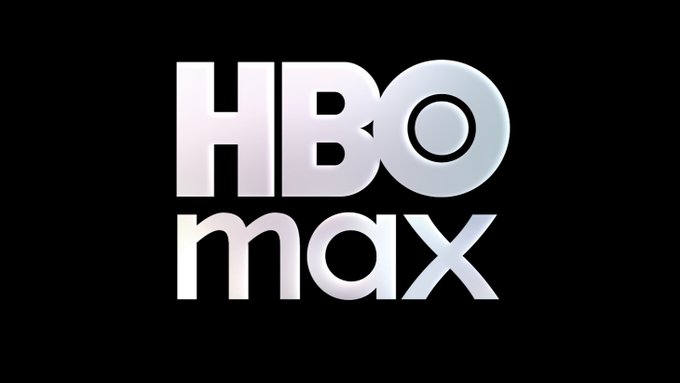Why the HBO Max Name Change Matters to Viewers
After two years of branding itself simply as “Max,” Warner Bros. Discovery has officially brought back the iconic HBO Max name. This HBO Max name change has caught the attention of longtime subscribers and new users alike. But why did the company reverse course, and what does this mean for the future of the platform? The answer lies in the power of branding, consumer trust, and a pivot toward premium content. In this blog, we’ll break down the full story behind HBO Max’s return, the response from the streaming community, and how this move reflects broader trends in the streaming industry.
Image : Google
From July 9, 2025, all digital platforms now display the HBO Max branding again. If you visit Max.com, it redirects to hbomax.com. The transition is automatic—users don’t need to download a new app. Even the App Store listing got a playful update: “Same app. New-ish name. The plot twist everyone has been waiting for: Max is now HBO Max.” But the deeper reason behind the name shift isn’t just about logos or URLs. It’s about audience perception and a decision to double down on quality storytelling.
The Story Behind the HBO Max Name Change
Warner Bros. Discovery originally dropped “HBO” from the name in 2023 after merging Discovery+ and HBO Max content into one unified platform. The goal was to appeal to a broader audience by blending premium dramas with reality TV, documentaries, and lifestyle content. The result was Max—a stripped-down, more “universal” brand. However, this move quickly backfired. The new name confused consumers, diluted HBO’s identity, and received criticism from industry insiders. Many loyal viewers associated “HBO” with prestige programming and felt that removing the name stripped the platform of its unique value.
The criticism wasn’t just noise. Warner Bros. Discovery admitted in May 2025 that the brand strategy missed the mark. In a public statement, they emphasized that customer feedback overwhelmingly favored the original name. More importantly, they realized that HBO carried a legacy of trust and top-tier entertainment that Max simply couldn’t replicate. According to executives, trying to be “everything for everyone” wasn’t working. Instead, the company is now focusing on offering “something distinct and great”—a curated experience centered around quality, not quantity.
What the Return to HBO Max Means for Users
So what does this HBO Max name change actually mean for users? For starters, the experience will feel more familiar. The app interface remains the same, but with updated visuals, logo, and references to “HBO Max” instead of “Max.” This helps restore brand consistency, especially for users who were confused by the previous transitions from HBO Go and HBO Now to HBO Max, then to Max, and now—full circle—back to HBO Max.
For viewers, this also signals a renewed focus on prestige programming. Expect the service to prioritize original series, critically acclaimed films, and exclusive content that made HBO a household name in the first place. Warner Bros. Discovery is likely to continue offering Discovery+ content, but under the HBO Max banner, the focus shifts back to storytelling excellence. Subscribers should also look out for updated content categories, smarter recommendations, and promotional pushes tied to the HBO name’s legacy of innovation and drama.
How HBO Max’s Return Reflects the Future of Streaming
The HBO Max name change isn't just a rebranding—it's a signal of where the streaming industry is headed. In recent years, platforms have tried to scale by being everything to everyone. Netflix added games. Disney+ bundled in Hulu and ESPN. Amazon folded Prime Video deeper into its shopping ecosystem. But this strategy often leads to brand confusion. In contrast, HBO Max’s return shows that focus and quality can drive retention. Rather than chasing the biggest library, Warner Bros. Discovery is betting on premium content and brand loyalty.
This move also highlights the growing importance of E-E-A-T in digital media—experience, expertise, authoritativeness, and trust. HBO has decades of brand equity built on storytelling excellence. Consumers trust the HBO name because it signals a standard of quality. Reinstating the HBO Max name reflects a broader shift toward platforms needing to prove their worth—not just with quantity, but with depth. It’s no longer enough to offer “more”; viewers want meaningful, engaging content that aligns with their tastes. By listening to its audience and returning to what works, HBO Max is positioning itself as a serious contender in the crowded streaming market once again.
The HBO Max name change isn’t just a cosmetic update—it’s a strategic reset. Warner Bros. Discovery is embracing what made the platform successful in the first place: world-class content, clear branding, and a commitment to quality over quantity. For subscribers, this means a better, more focused experience. For the industry, it’s a reminder that sometimes, the smartest move is to go back to what made you great. Whether you’re a longtime HBO fan or a new user, this return marks a new chapter—one that respects the past while adapting to the future of streaming.

